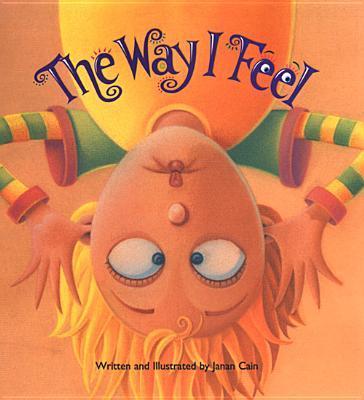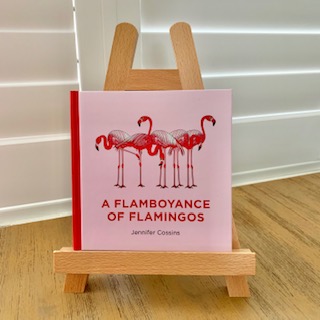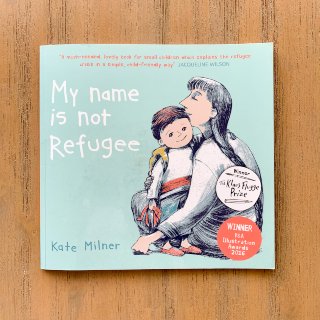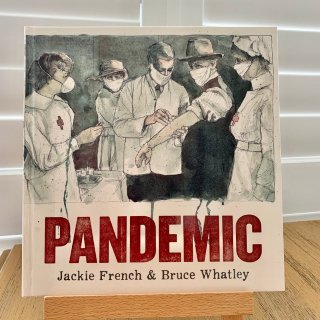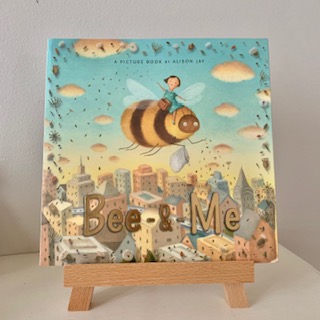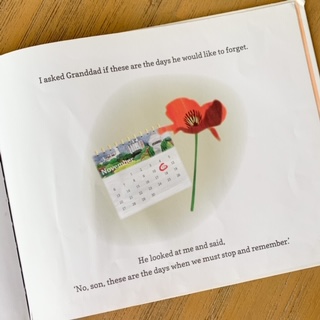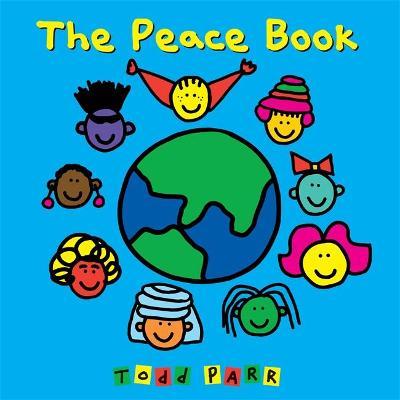The Way I Feel
Free lesson plan, writing template and printable word-search for kids
Best suited to:
K – Year 2
KLAs covered:
English, PDH (emotions)
Learning:
- how our bodies feel when we feel various emotions;
- why we might feel specific emotions;
- how our emotions are reflected in our facial expressions;
- certain colours may be associated with some emotions;
- all feelings are normal and ok;
- our feelings come and go;
Need to know:
- a simple book which describes emotions and gives children the vocabulary to describe how they are feeling;
- brightly-coloured illustrations show an angry child with a red face, a sad child with a blue background, etc;
- text is written in rhyming verse with one emotion described on each double-page spread;
- discussion notes for teachers and parents are included in the back of the book;
- available as a board book or as a hardcover book;
Discussion Questions (before reading):
- what do you think this book will be about? What do you see that makes you think that?
- tell the children this is a book about feelings and ask them to tell you the names of some feelings;
- ask the children if they know another word for feelings (emotions) and write the two words on the whiteboard;
Discussion Questions (after reading):
- open the book to a page of your choosing and point out the emotion the child is feeling in the book. Ask: can you think of a time when you felt happy/sad/scared? What was happening when you felt that way? Did/do you know why you felt that way? (sometimes we don’t know);
- mention ‘tricky’ emotions: anger, fear, sadness. Ask: why do we have these feelings? (they tell us there is something not right for us, in our environment or in a relationship);
- ask: what can we do when we feel a tricky emotion? (think about why we might feel that way; sit quietly with the feeling to see if it has something to tell us or the feeling may pass; talk to someone we love about how we’re feeling);
- discuss things that are not ok to do when we feel tricky emotions (hitting, yelling, saying mean things to people);
- ask if the children can think of any emotions that are not mentioned in the book. Are they similar to feelings that are mentioned in the book? (jealousy stems from fear of not being good enough; excitement is like happiness);
- ask the children to describe how their bodies feel when they feel angry, happy, sad, etc;
- re-read the final page of the book and tell the children that all feelings – even the tricky ones – are ok to feel and are an important part of being human;
Activities
- invite the children to make sad faces, then scared faces, etc and turn to the child sitting next to them to show them;
- invite children to come to the front to show a sad facial expression and how they stand and carry their body when they are sad. Repeat for other emotions;
- invite children to spend a minute thinking about how an emotion feels in their bodies and on their faces;
- invite volunteers to stand at the front to model an emotion without speaking while the rest of the class guesses which emotion/feeling is being mimed;
- write – or have the children write – emotion words on the class whiteboard;
- children draw a picture of a time they felt a particular emotion and write a sentence about it. You can write sentence starters on the white board, for example: ‘I felt sad when … ‘
- beginning writers can draw a picture of themselves feeling happy, sad, etc and copy the word for that feeling onto their drawing;
- more advanced writers can write about a time when they felt a particular emotion. Encourage them to think about and describe how the emotion felt in their bodies;
- choose a page from the book and ask the children to write their own story based on what is happening in the picture. Who is the person, what is happening and how does s/he feel?
Your free, printable word-search and writing template
This free, printable word-search puzzle for kids is great for building and reinforcing the vocabulary used when discussing The Way I Feel. It’s especially helpful for EAL/D students.
Download and print your free writing template for use with the picture book The Way I Feel here (PDF).

